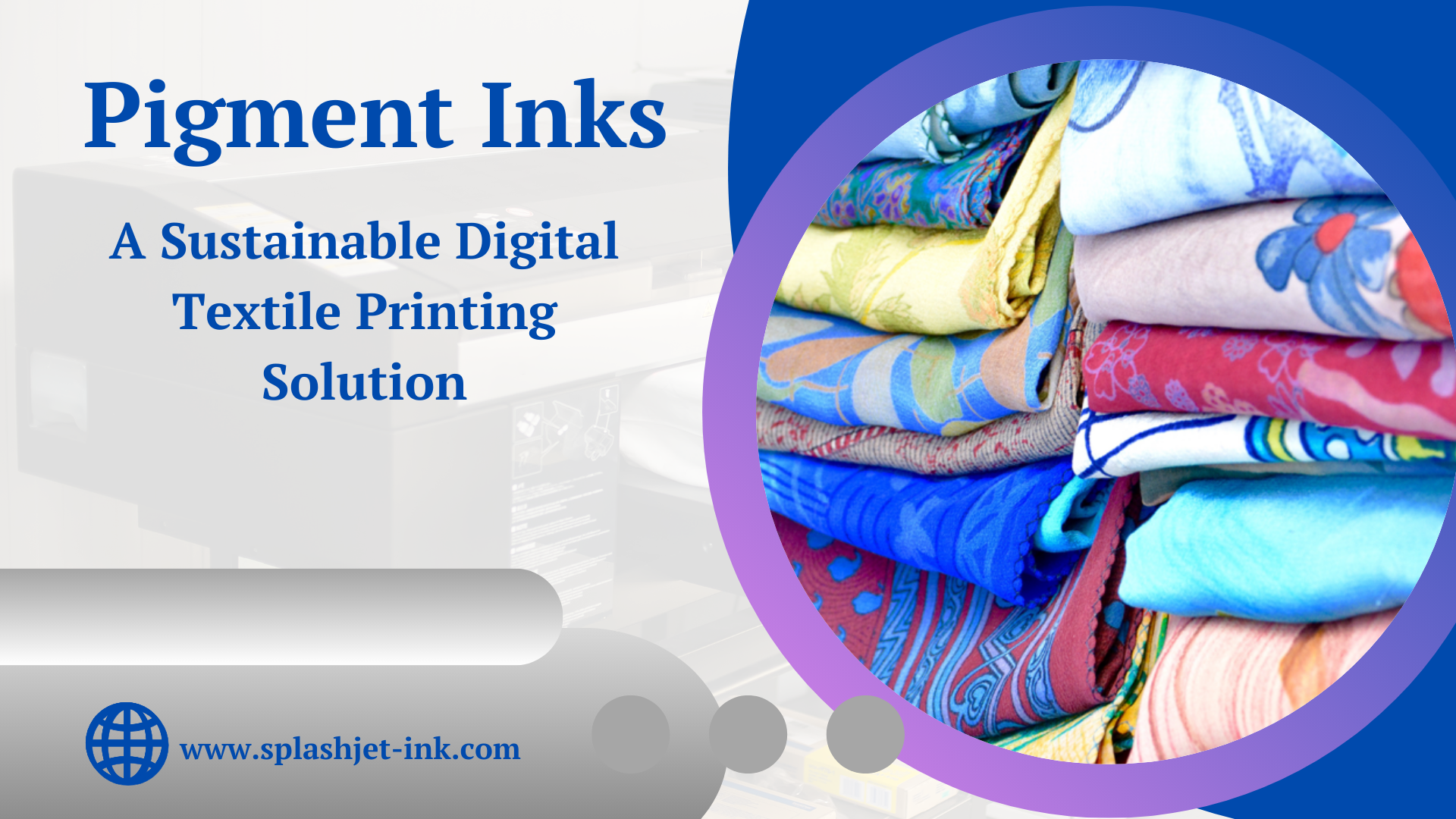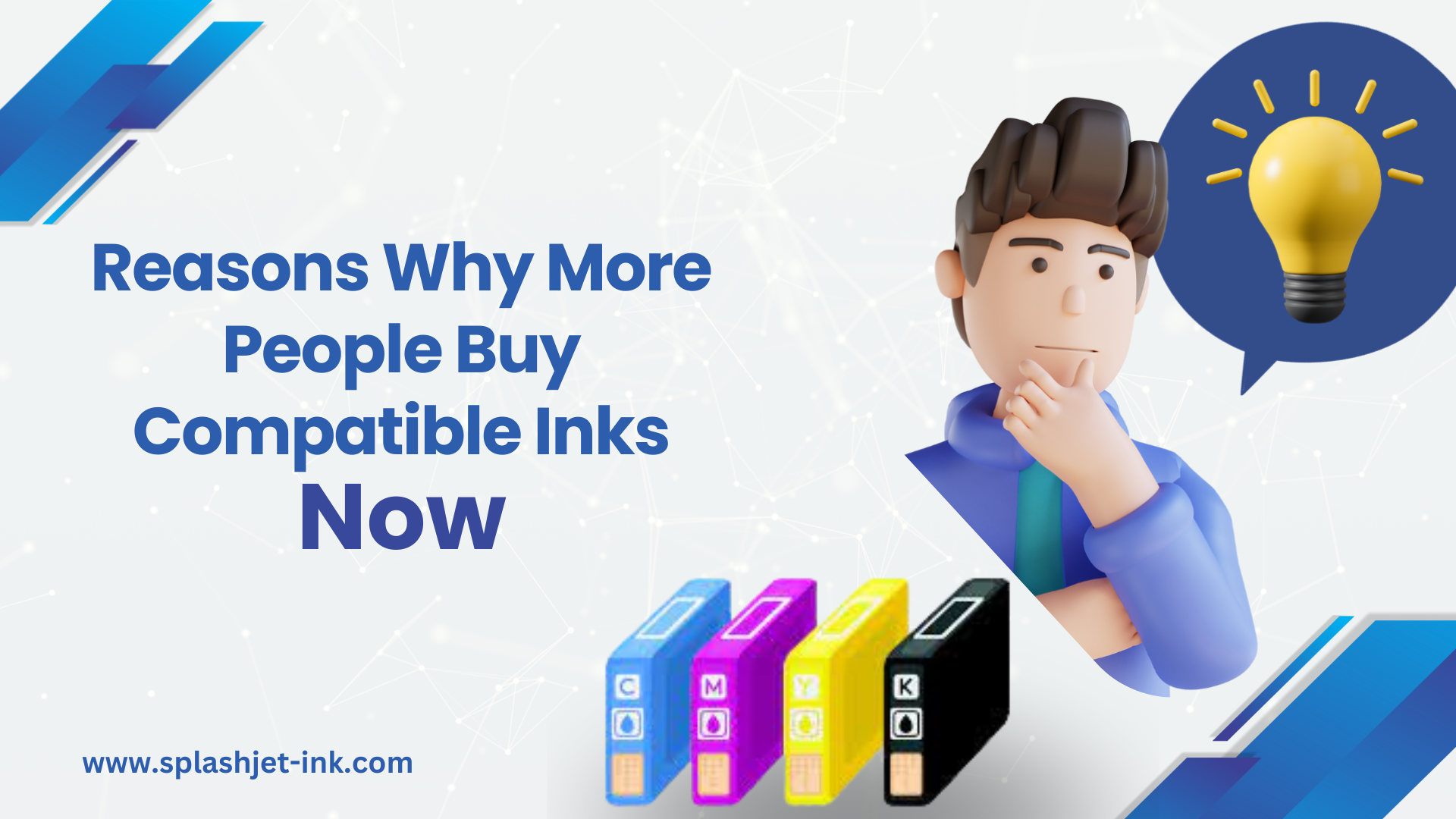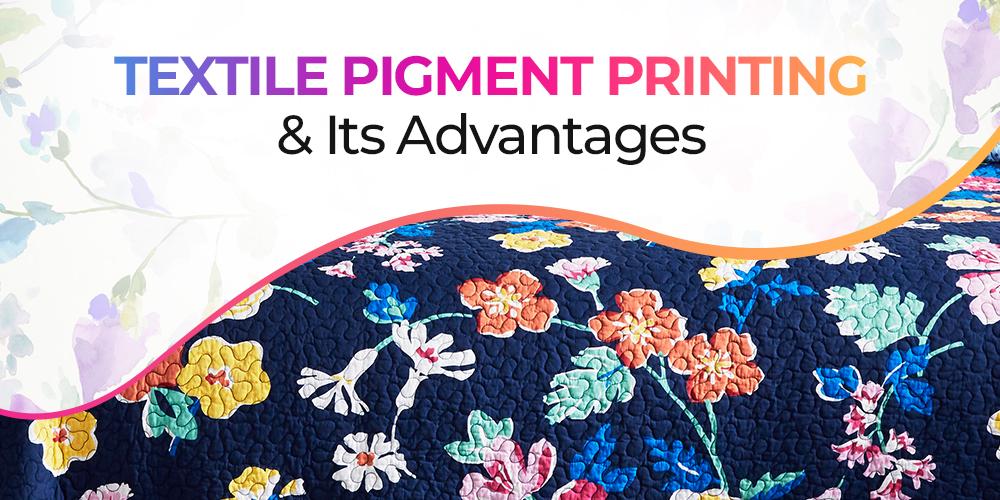
Types of Textile Pigment Printing Methods
The use of pigments to print on fabrics has always provided an advantage over the reactive dye fabric printing process. There are two main categories here – Conventional Pigment Printing and Digital Pigment Printing. Conventional Pigment printing is one of the most popular fabric printing methods in the world. The most common process falling under this is the use of screens, especially rotary screens, to print using pigment inks on fabrics. This process is however disadvantageous on quite a few fronts.
- It is economical for huge capacity mass production only.
- It requires a large setup.
- The hand-feel on the manufactured fabric is quite rough
- The colors on the design cannot be accurately replicated, in terms of vibrancy, on the fabric
- The Rub-fastness of fabrics manufactured by conventional pigment printing is low
These drawbacks have paved the way for the rise of digitization of the conventional pigment printing method. This method is called Digital Pigment Printing.
Digital Pigment Printing – What is it?
Simply put, it is the process of printing on fabrics digitally, by use of inkjet printers and specially formulated digital textile inks. These inks go by many names, including digital pigment inks, inkjet textile pigment inks, Direct-To-Garment (DTG) Inks, etc. but they are most commonly known as Digital Textile Pigment inks (or Textile Pigment inks). For the sake of our discussion, we shall be referring to them as Textile Pigment Inks.
How does it overcome the drawbacks of its Conventional counterpart?
The process of Digital Pigment printing addresses all the primary concerns like design limitations, waste generation, and the need for large setups. This allows for a more economical, sustainable, and versatile way to print fabrics whilst minimizing the generated waste to a considerable extent.
- Since the process dictates the use of inkjet printers and specifically formulated inkjet inks, the need for a very large setup is eliminated. For instance, the use of separate roller screens for different colors in conventional pigment printing is no longer needed in the case of digital ones. Also, since the setups for the former are larger, printing smaller fabric lengths is not feasible. This puts a ‘minimum limit’ on the printable fabric length. This need to have a minimum limit is eliminated in the case of Digital Pigment Printing, allowing maximum flexibility and minimum wastage at very high cost-effectiveness.
- Along with this, because of the inkjet technology, there is precise and definite control over the ink droplet firing, which is accurately manipulated using the printer’s internal electronics. This, combined with the freedom to use highly chromatic pigments in the inks, provides a far better vibrancy and much higher color accuracy in comparison to the Conventional Pigment printing process.
- The binders used in the Textile Pigment inks (especially Splashjet’s range of Textile Pigment Inks) allow them to polymerize with the fabric on the droplet-yarn level. This highly improves the fixation which in turn results in much better rub fastness characteristics and a very, very smooth hand feel.
What are its Advantages?
Digital Pigment presents a large number of significant advantages over other fabric printing processes-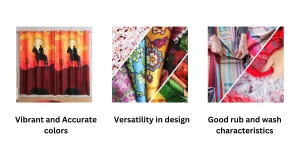
-
Vibrant and Accurate colors
The color accuracy and vibrancy are brilliantly captured. This makes room for sharp, colorful, and intricate prints to be perfectly portrayed on the fabrics.
-
Versatility in design
The inculcation of inkjet technology and digital printers means that if you can create the design on a computer, you can have it on the fabric. The flexibility to include anything in the design grants the freedom to experiment, including various complex designs providing an immense advantage.
-
Good rub and wash characteristics
The fixation characteristics of the textile pigment inks are such that the ink binders polymerize to hold on tightly to fabric yarn. This improves the rub and wash characteristics immensely.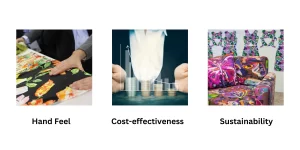
-
Hand Feel
The fabric feels soft and the print seems as if it is a part of the fabric itself. This is an advantage over the rough feel produced on the fabric by conventional pigment printing.
-
Cost-effectiveness
The initial setup cost compared to conventional printing is very low. Anyone with a basic knowledge of design, who owns a textile printer or a printer that can be modified to use textile pigment inks, a heat-press machine, and a basic sewing/stitching station can start printing high-quality fabrics for a premium customer segment with digital pigment printing.
Since the setup and running costs are low, the profits are relatively higher. If one wants to use a micro-factory model, digital pigment printing is one of the best processes to go with it.
-
Sustainability
A lighter setup, minimum waste, and a reduced water quantity in post-processing make it an environmentally friendly process.
The room for colorful designs, versatility, excellent wash, and rub characteristics, and the immense economical advantage has led to more and more Industries using digital pigment printing. Some of them are –
- Fashion
- Home Textiles
- Upholstery
- Outdoor fabrics
- Bed-Linen
- Curtains and window-fashion
Advancements in Pigment Printing Technology
Textile pigment inks have been around for a few decades, but the technology has improved significantly in recent years. One of the major advancements in textile pigment inks is the development of water-based inks. These inks are made up of pigments that are suspended in a liquid, and they are printed onto the fabric using an inkjet printer.
These inks are more environmentally friendly than traditional oil-based inks and they produce less odor. They also produce less waste, which is an important consideration for textile printers.
Another major advancement in textile pigment inks is the development of digital textile printing. This technology allows for the use of a wider range of colors, more intricate designs, and faster printing speeds. This has opened up new possibilities for textile printing and has made it more cost-effective for small-scale and custom printing.
The future of textile pigment inks looks bright as technology advances and new possibilities are explored. One area of growth is the use of natural dyes and pigments, which are more sustainable and environmentally friendly. Another area of development is the use of smart inks, which can change color or respond to different stimuli, such as heat or light.
Environmental Benefits of Digital Pigment Printing
There are several environmental benefits associated with Digital Pigment printing. The first is the use of water-based inks. This minimizes the use of harmful chemicals to a considerable extent.
Apart from this, a major factor in consideration is the amount of waste generated. With digital pigment printing, this amount is very low. Since the assembly line is mostly based on the customization of fabrics, an entire line need not be discarded if a part of the design goes bad. Also, no additional post-processing, like washing, needs to be done. This reduces the overall water quantity needed for post-processing.
Hence, this method not only allows for fine print, but is also color-accurate, and is an economically manufactured product, it creates environmental sustenance.
Conclusion
The use of textile pigment inks is also expected to increase in the fashion and apparel industry as well as in home decor and other markets. With the advancements in technology, textile pigment inks will continue to provide a cost-effective and high-quality solution for textile printing, allowing for the creation of unique and personalized designs.
Business models like Micro factory thrive highly on processes using Digital Textile printing methodologies. More and more opportunities for business growth are expected to present themselves as the demand for quality-driven clothing and fabric lines increases. A growth rate of approximately 10.1% is predicted till 2028 for the digital textile industry. Considering this, it would be appropriate to say that 2023 may be one of the best times to start.
In conclusion, textile pigment inks have come a long way in recent years and the future looks bright as the technology continues to evolve. With the increasing demand for sustainable solutions and the growing market for textile printing, textile pigment inks will continue to play an important role in the textile industry.


